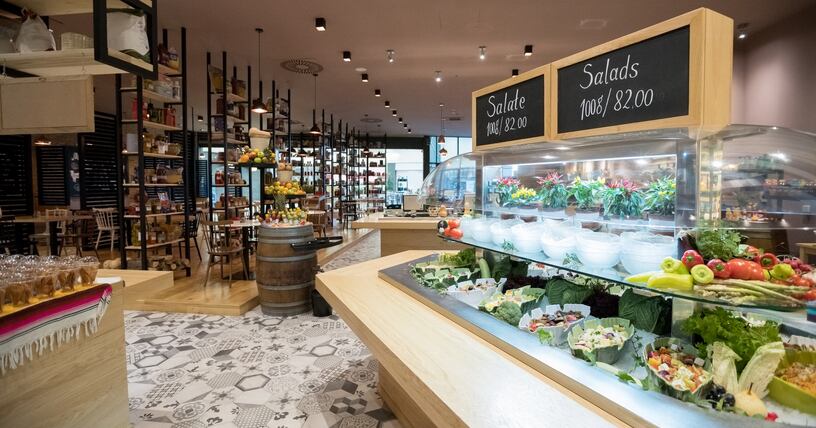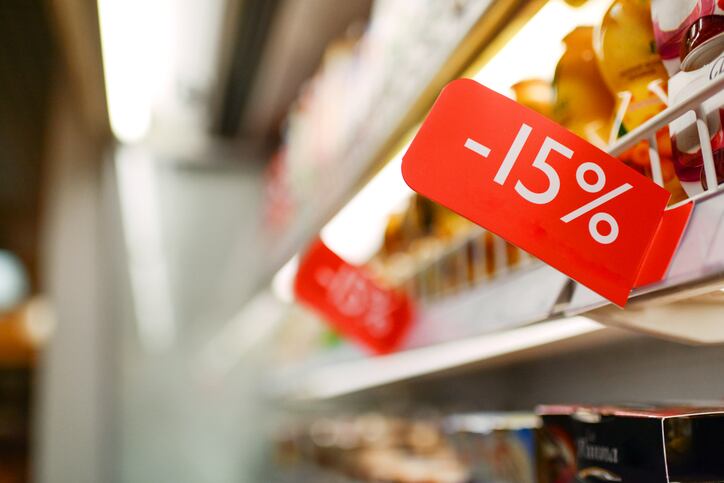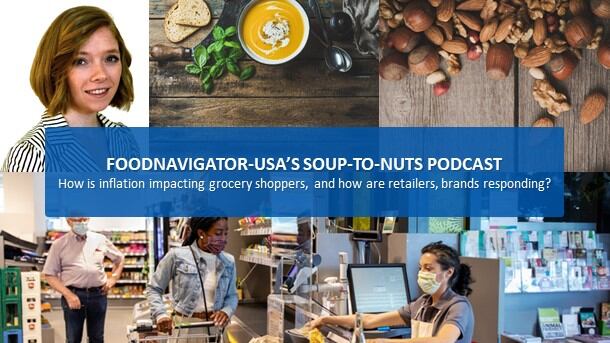In the fourth installment of FMI US Grocery Shopper Trends 2022, ‘Future Outlook,’ which looks at how the pandemic, strained economy, supply chain challenges and technology influence what and how consumers eat and buy food, shifting consumer priorities are uncovered to reveal new opportunities for food and beverage brands and retailers.
According to the research, the excitement many consumers felt about cooking at home during the early days of the pandemic, which led to the purchase of “new appliances and gadgets” and heightened interest in learning new skills and recipes, is beginning to fade – prompting more consumers to look for ways to “outsource” meal prep.
“As time has progressed, cooking fatigue has set in,” and now fewer people love or even like cooking with the percentage who said they love it dropping to 19% in 2022 compared to 23% last year and 22% saying they like it compared to 24% in 2020, the report reveals.
Likewise, the percentage of consumers who would prefer not to cook or consider it a chore has increased to a combined 25% in 2022 compared to 24% in 2020.
How much consumers enjoy cooking closely correlates with their skill level and interest, but the report notes “some might be due to inspiration or lack thereof” – opening a door for brands and retailers to provide inspiration through online ‘shoppable recipes’ that link shopping lists to TikTok videos and other social media, provide recipes on packaging or group items together in stores to show how a meal can come together quickly with a few items, the report suggests.
Sometimes, though, consumers simply don’t want to cook, which is the main reason [40%] they choose restaurants over the grocery store, according to the survey.
“Other reasons include an urgency of getting food quickly [32%] and just feel like getting take-out [27%],” according to the report.
Can fresh prepared compete with take-out?
In these cases, an obvious place for retailers and brands to compete is in the fresh prepared section, which 19% of shoppers said they do more now since the pandemic began.
However, more consumers (22%) have reduced how much they buy from a grocery store’s prepared food and deli section since the pandemic began – a negative shift that likely is related to many stores temporarily reducing these offerings out of an abundance of safety during the initial waves of the pandemic.
But the report found they also need to overcome some negative perceptions.
The top two reasons why more people don’t choose food from the fresh prepared section is that it isn’t top of mind (20%) and they perceive it as “constrained” in terms of their options and the quality.
“This is not to say there is no future for this section; rather, there is a huge opportunity, as many of those who use fresh prepared use the offerings as a component of a meal, rather than the full meal,” the report notes. “This convenience to shoppers will continue to grow as hot bars and salad bars continue to reopen and awareness grows.”
For more insights around how consumers shop and what they buy is evolving along side the pandemic and in response to a tightening economy, find FMI’s full report and the previous installments in the series HERE.




